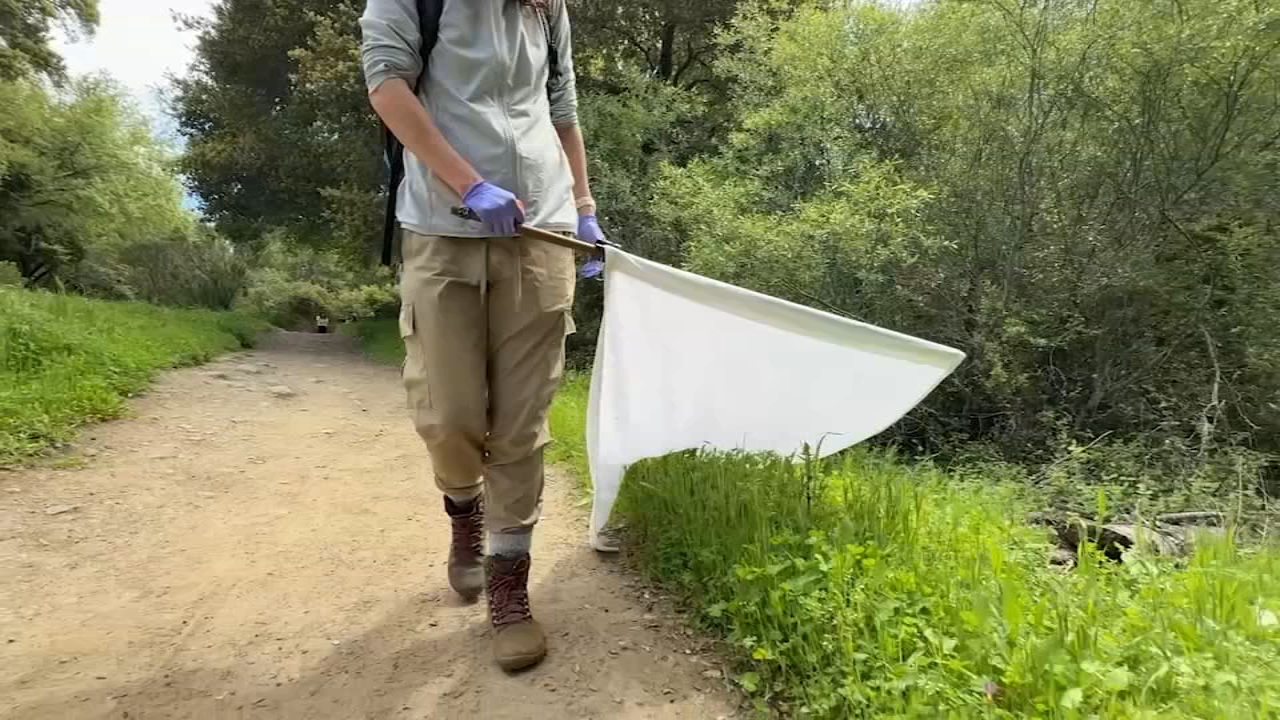Miss your friends? Here's what type of socializing is now allowed in the Bay Area


SAN FRANCISCO (KGO) -- I miss my friends. You miss your friends. We all miss our friends.
But wait -- am I allowed to see my friends now that the stay-at-home order has been lifted?
The answer is somewhat confusing and depends on what kind of plans you have in mind. We asked every Bay Area county what exactly the rules are when it comes to socializing. And for those of you who don't care about the rules, we have some useful information for you down below, too.
What exactly is allowed?
Most Bay Area counties are following California's purple tier rules, which state that you're allowed to gather outdoors only with up to 12 people from no more than three households (including your own). San Francisco has slightly stricter guidelines; the group size has to drop to six people total from two households if eating or drinking is involved at the gathering.
TRACKING COVID: Data shows every Bay Area county's COVID-19 status
Keep in mind that's outdoor only -- no indoor gatherings outside your household are actually allowed at this time.
What if I'm in a social bubble? Does that change anything?
Forming a "social bubble" is the idea that you're only going to socialize with a fixed group of people. Because no one in the bubble fraternizes outside the group, it allows you to reduce the risk of contracting coronavirus, and to stop the spread of it more quickly if someone in the group is exposed.
While some Bay Area counties, like Alameda and Marin, were allowing social bubbles over the summer, that's all changed.
"The state's guidance is more strict than the original social bubble guidance," explained Marin County spokesperson Laine Hendricks. "We subscribed to the social bubble model, but again, defer to the state's more stringent guidance. A county is not at liberty to be more lenient than the state with public health protocols."
Hold on -- outdoor dining is allowed again. Am I allowed to see my friends if we're on a restaurant patio?
Technically, yes. Outdoor dining at restaurants with people outside your household is allowed. (San Francisco's rules specify that groups should be limited to six people maximum from only two households.)
But while it's allowed, every county spokesperson we asked warned against filling your calendar with lots of double dates.
"We discourage it because eating and drinking requires the removal of masks," said Hendricks.
If you are going to dine outdoors, you should also wear a mask while not actively eating or drinking -- for your sake and the server's.
What if I don't care about the rules? What's going to happen?
Well, you might get COVID-19. Or give it to someone you love. Or someone you don't even know.
But other than that, violating public health rules is against the law. Misdemeanors are punishable by up to $500 in fines or even imprisonment.
RELATED: At current supply rate, it would take Kaiser 4+ years to get enough vaccines for all CA patients
That being said, several county health officials emphasized they are taking an "education-first approach" and focusing enforcement efforts on businesses violating the rules, not people.
I still don't care about the rules and I just want to see my friends. What's safe and what's not safe?
When it comes to COVID-19, there's no way to truly guarantee that socializing with others will be safe. There are ways to make socializing safer, however.
"Outdoors is always safe than indoors," says ABC7 News contributor Dr. Alok Patel. "Also, think about the amount of people you have at this gathering. Smaller is going to be easier to be more manageable and safer."
Also think about the amount of households involved, Patel says, and consider where these people are coming from. If someone is from an area where cases are skyrocketing, that makes things more risky.
The duration of the event is also important to think about -- shorter visits are safer than longer ones -- and what people are doing. If they have to take off their masks, to eat for example, that makes gathering more risky than a situation where everyone is masked the entire time.
Dr. Patel answered even more of our questions about socializing amid the pandemic. Hear his answers in the video at the top of this story.
RELATED STORIES & VIDEOS:
- How to register for COVID-19 vaccine in every Bay Area county
- Map: CA counties that can, can't reopen under new rules
- CALCULATOR: Find out how many people may get a COVID-19 vaccine before you
- VIDEO: When will I get the COVID-19 vaccine? We explain who goes 1st
- Updated number of COVID-19 deaths, cases in Bay Area
- Map shows everywhere you can get a COVID-19 test in the Bay Area
- How are Chinatown businesses surviving? Here's what we found
- From COVID-19 to Black Lives Matter, these 13 people defined the Bay Area in 2020
- COVID-19 Diaries: Personal stories of Bay Area residents during pandemic
- California EDD: The most commonly asked questions we get about unemployment and PUA
- How to tell the difference between seasonal allergies and coronavirus symptoms
- Here's which mask is better to protect from COVID-19
- First COVID-19 vaccine volunteers in US describe experience as Bay Area launches vaccine trials
- Coronavirus origin: Where did COVID-19 come from?
- What is a COVID-19 genetic, antigen and antibody test?
- What will it take to get a COVID-19 vaccine and how will it be made?
- What does COVID-19 do to your body and why does it spread so easily?
- Here's how shelter in place, stay at home orders can slow spread of COVID-19
- Coronavirus Timeline: Tracking major moments of COVID-19 pandemic in San Francisco Bay Area
- Coronavirus Doctor's Note: Dr. Alok Patel gives his insight into COVID-19 pandemic










